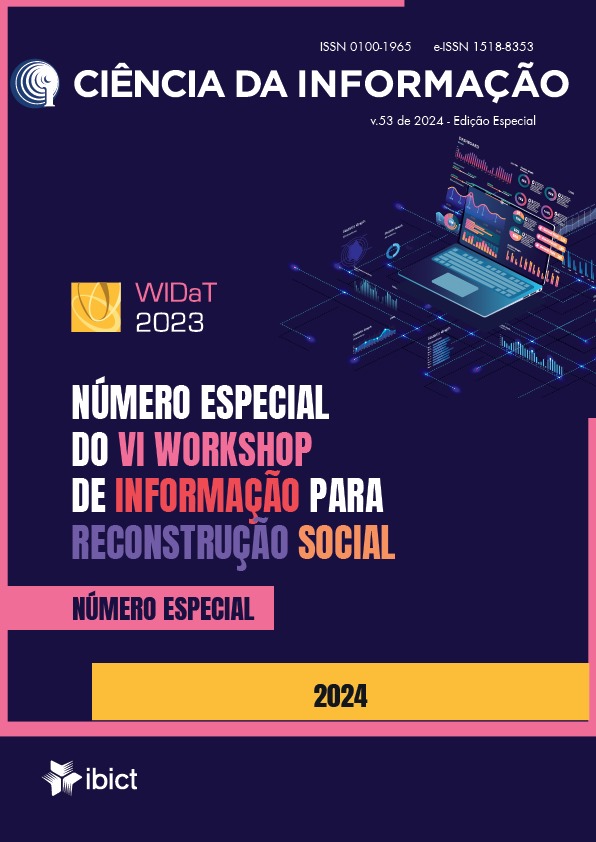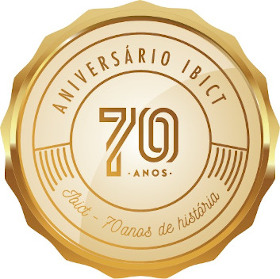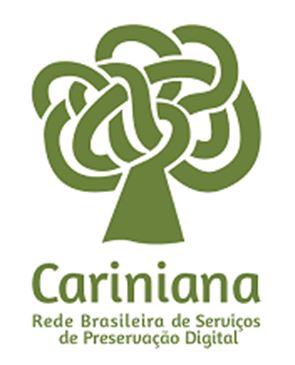The influence of self-citations on editorial decisions based on the simulation of journal rankings
DOI:
https://doi.org/10.18225/ci.inf.v53i.6924Keywords:
Academic social networks, Impact factor, Agent-based modeling, Research integrityAbstract
The manipulation of the Journal Impact Factor (JIF) through editorial decisions that increase self-citations has been empirically observed in recent studies, sparking discussions on how to avoid such practices. This study aims to verify whether a policy of removing self-citations from the JIF calculation is enough to eliminate incentives for manipulation. We introduce an agent-based model of the academic social network formed by journals to test this hypothesis. We model journals as rational agents seeking to gain positions in the JIF ranking. The model was implemented in NetLogo and calibrated using data from the SCIMago Journal Ranking. Simulation results demonstrate that the model is capable of reproducing patterns observed in empirical networks and that the removal of self-citations can significantly reduce the adoption of manipulation strategies (e.g., reduction from 90% to 30%). This study contributes to understanding the role of self-citations in the JIF and provides tools for developing policies that promote scientific integrity.
Downloads
References
FALAGAS, M. E.; ALEXIOU, V. G. The top-ten in journal impact factor manipulation. Archivum Immunologiae et Therapiae Experimentalis, [s. l.], v. 56, n. 4, p. 223, 29 jul. 2008. Disponível em: https://doi.org/10.1007/s00005-008-0024-5. Acesso em: 25 abr. 2022.
FIRE, M.; GUESTRIN, C. Over-optimization of academic publishing metrics: observing Goodhart’s Law in action. GigaScience, [s. l.], v. 8, n. 6, Jun. 2019. DOI: 10.1093/gigascience/giz053.
GARFIELD, E. The History and Meaning of the Journal Impact Factor. JAMA, [s. l.], v. 295, n. 1, p. 90–93, 4 Jan. 2006. Disponível em: https://tinyurl.com/2p98mpwb. Acesso em: 24 mar. 2022.
GRIMM, V.; BERGER, U.; DEANGELIS, D. L.; POLHILL, J. G.; GISKE, J.; RAILSBACK, S. F. The ODD protocol: a review and first update. Ecological Modelling, [s. l.], v. 221, n. 23, p. 2760–2768, 24 Nov. 2010. DOI:10.1016/j.ecolmodel.2010.08.019.
GRIMM, V.; REVILLA, E.; BERGER, U.; JELTSCH, F.; MOOIJ, W. M.; RAILSBACK, S. F.; THULKE, H.-H.; WEINER, J.; WIEGAND, T.; DEANGELIS, D. L. Pattern-Oriented Modeling of Agent-Based Complex Systems: Lessons from Ecology. Science, [s. l.], v. 310, n. 5750, p. 987–991, 11 Nov. 2005. Disponível em: https://tinyurl.com/mwjxd4ty. Acesso em: 30 maio 2023.
HICKS, D.; WOUTERS, P.; WALTMAN, L.; RIJCKE, S.; RAFOLS, I. Bibliometrics: The Leiden Manifesto for research metrics. Nature, Londres, n. 520, Apr. 2015. p. 429–431.
KONG, X.; SHI, Y.; YU, S.; LIU, J.; XIA, F. Academic social networks: modeling, analysis, mining and applications. Journal of Network and Computer Applications, [s. l.], v. 132, p. 86–103, 15 Apr. 2019. Disponível em: https://tinyurl.com/mrvcac53. Acesso em: 26 out. 2021.
LEE, J.-S.; FILATOVA, T.; LIGMANN-ZIELINSKA, A.; HASSANI-MAHMOOEI, B.; STONEDAHL, F.; LORSCHEID, I.; VOINOV, A.; POLHILL, J. G.; SUN, Z.; PARKER, D. C. The Complexities of Agent-Based Modeling Output Analysis. Journal of Artificial Societies and Social Simulation, [s. l.], v. 18, n. 4, p. 4, Oct. 2015. DOI: 10.18564/jasss.2897.
LEYTON-BROWN, K.; SHOHAM, Y. Essentials of Game Theory: a concise, multidisciplinary introduction. [S. l.]: Springer International Publishing, 2008. Disponível em: https://link.springer.com/10.1007/978-3-031-01545-8. Acesso em: 15 fev. 2024.
MAGNUS, D. Overthrowing the Tyranny of the Journal Impact Factor. The American Journal of Bioethics, [s. l.], v. 13, n. 7, p. 1–2, 1 July. 2013. Disponível em: https://doi.org/10.1080/15265161.2013.807709. Acesso em: 20 mar. 2023.
MONASTERSKY, R. The Number That’s Devouring Science. Chronicle of Higher Education, [s. l.], v. 52, n. 8, p. 14, 2005. Disponível em: https://www3.nd.edu/~pkamat/citations/chronicle.pdf. Acesso em: 14 fev. 2024.
NIGEL, G.; KLAUS, T. G. Simulation For The Social Scientist. 2. ed. United Kingdom: Open University Press, 2005.
RAILSBACK, S. F.; GRIMM, V. Agent-Based and Individual-Based Modeling: a practical introduction. 2. ed. [S. l.]: Princeton: Princeton University Press, 2019.
SCIMAGO. SCImago Journal & Country Rank [Portal]. c2021. Disponível em: https://www.scimagojr.com/. Acesso em: 20 mar. 2022.
WALKER, R. L.; SYKES, L.; HEMMELGARN, B. R.; QUAN, H. Authors' opinions on publication in relation to annual performance assessment. BMC Med Education, [s. l.], v. 10, n. 21, 9 Mar. 2010. DOI: 10.1186/1472-6920-10-21.
WILENSKY, Uri. NetLogo. Northwestern University, Evanston, IL: center for connected learning and computer-based modeling, 1999. Disponível em: http://ccl.northwestern.edu/netlogo/. Acesso em: 14 fev. 2024.
WILHITE, A.; FONG, E. A.; WILHITE, S. The influence of editorial decisions and the academic network on self-citations and journal impact factors. Research Policy, [s. l.], v. 48, n. 6, p. 1513–1522, 1 July. 2019. Disponível em: https://tinyurl.com/2p9h4zp9. Acesso em: 24 mar. 2022.
Downloads
Published
Issue
Section
License
Copyright (c) 2024 Luiz Gabriel Correia, Jesús Pascual Mena-Chalco

This work is licensed under a Creative Commons Attribution-ShareAlike 4.0 International License.
- This publication reserves the right to modify the original, regarding norms, spelling and grammar, in order to maintain the standards of the language, still respecting author writing style;
- The final proofs will not be sent to the authors;
- Published works become Ciência da Informação's property, their second partial or full print being subject to expressed authorization by IBICT's Director;
- The original source of publicaton must be provided at all times;
- The authors are solely responsible fo the views expressed within the article;
- Each author will receive two hard copies of the issue, if made availalbe in print.




























